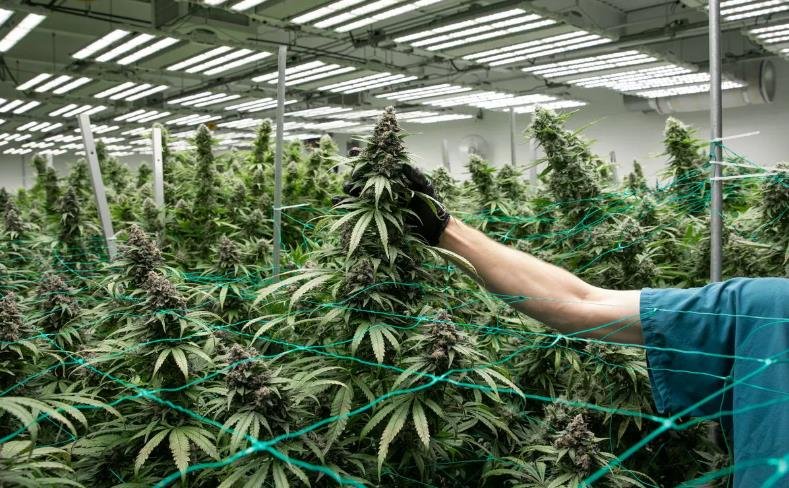Michigan’s marijuana industry has been booming since the legalization of recreational use in 2018, generating record tax revenue for the state and local governments. However, the industry also faces some consumer concerns, such as the accuracy of potency labels and the quality of testing and oversight.
According to the Michigan Department of Treasury, the state collected $87 million in marijuana tax payments in the first two months of 2024, exceeding the projections by $17 million. The tax revenue comes from a 10% excise tax and a 6% sales tax on recreational marijuana sales, as well as a 3% tax on medical marijuana sales.

The tax revenue is distributed among various entities, such as the state’s School Aid Fund, the Michigan Transportation Fund, the Michigan Strategic Fund, and the municipalities and counties that allow marijuana businesses. The tax revenue is also used to fund marijuana-related programs, such as research, education, and regulation.
The tax revenue reflects the growth and popularity of the marijuana industry in Michigan, which has become one of the largest and most competitive markets in the country. According to the Michigan Marijuana Regulatory Agency, there are more than 500 licensed recreational marijuana retailers and more than 300 licensed medical marijuana provisioning centers in the state, as well as more than 1,000 licensed growers, processors, transporters, and testing facilities.
The marijuana industry also contributes to the state’s economy and employment, creating thousands of jobs and attracting millions of dollars in investment. According to a report by the Michigan Cannabis Industry Association, the marijuana industry supported more than 18,000 full-time equivalent jobs and generated more than $3.2 billion in economic activity in 2023.
Michigan’s Marijuana Consumer Concerns Raise Questions About Testing and Oversight
However, the marijuana industry also faces some challenges and uncertainties, especially from the consumer perspective. Some consumers have raised questions and complaints about the accuracy and reliability of the potency labels and the testing and oversight of the marijuana products.
Potency labels indicate the amount of tetrahydrocannabinol (THC), the main psychoactive compound in marijuana, in a product. Higher potency products are usually more expensive and more sought-after by consumers. However, some consumers have reported that the potency labels do not match their actual experience or expectations, and that some products are overpriced or ineffective.
Some experts and journalists have also pointed out that the potency testing and labeling of marijuana products are not standardized or regulated enough, and that different labs may use different methods or equipment to measure the THC levels. They have also suggested that some labs or businesses may inflate or manipulate the potency results to attract more customers or charge higher prices.
The Michigan Marijuana Regulatory Agency, which is responsible for licensing and regulating the marijuana industry, has acknowledged that there is room for improvement in the testing and oversight of marijuana products, and that it is working to address the consumer concerns and complaints. The agency has also said that it is conducting audits and inspections of the labs and businesses, and that it is enforcing the rules and regulations to ensure the safety and quality of the marijuana products.
Michigan’s Marijuana Industry Outlook Remains Positive Despite Consumer Concerns
Despite the consumer concerns, the marijuana industry outlook in Michigan remains positive, as the demand and supply of marijuana products continue to grow and diversify. The industry also expects to see more innovation and competition, as well as more social equity and inclusion, in the coming years.
The industry also hopes to see more cooperation and communication between the regulators, the businesses, and the consumers, to address the issues and challenges, and to improve the standards and practices of the industry. The industry also hopes to see more public education and awareness, to inform the consumers about the benefits and risks of marijuana use, and to reduce the stigma and misinformation about the industry.
Maria Garcia is an award-winning author who excels in creating engaging cannabis-centric articles that captivate audiences. Her versatile writing style allows her to cover a wide range of topics within the cannabis space, from advocacy and social justice to product reviews and lifestyle features. Maria’s dedication to promoting education and awareness about cannabis shines through in her thoughtfully curated content that resonates with both seasoned enthusiasts and newcomers alike.








